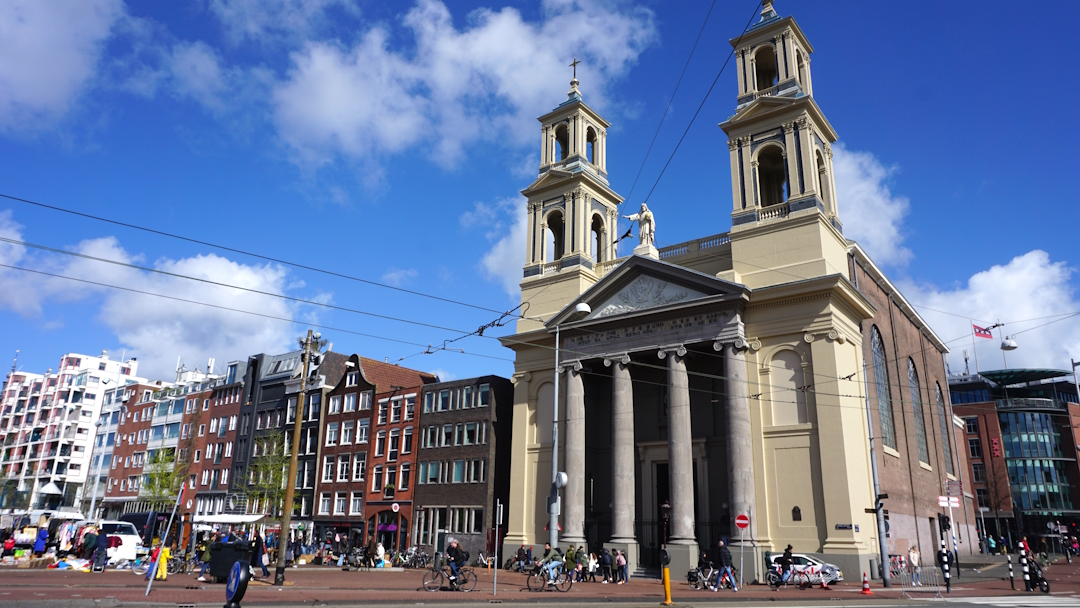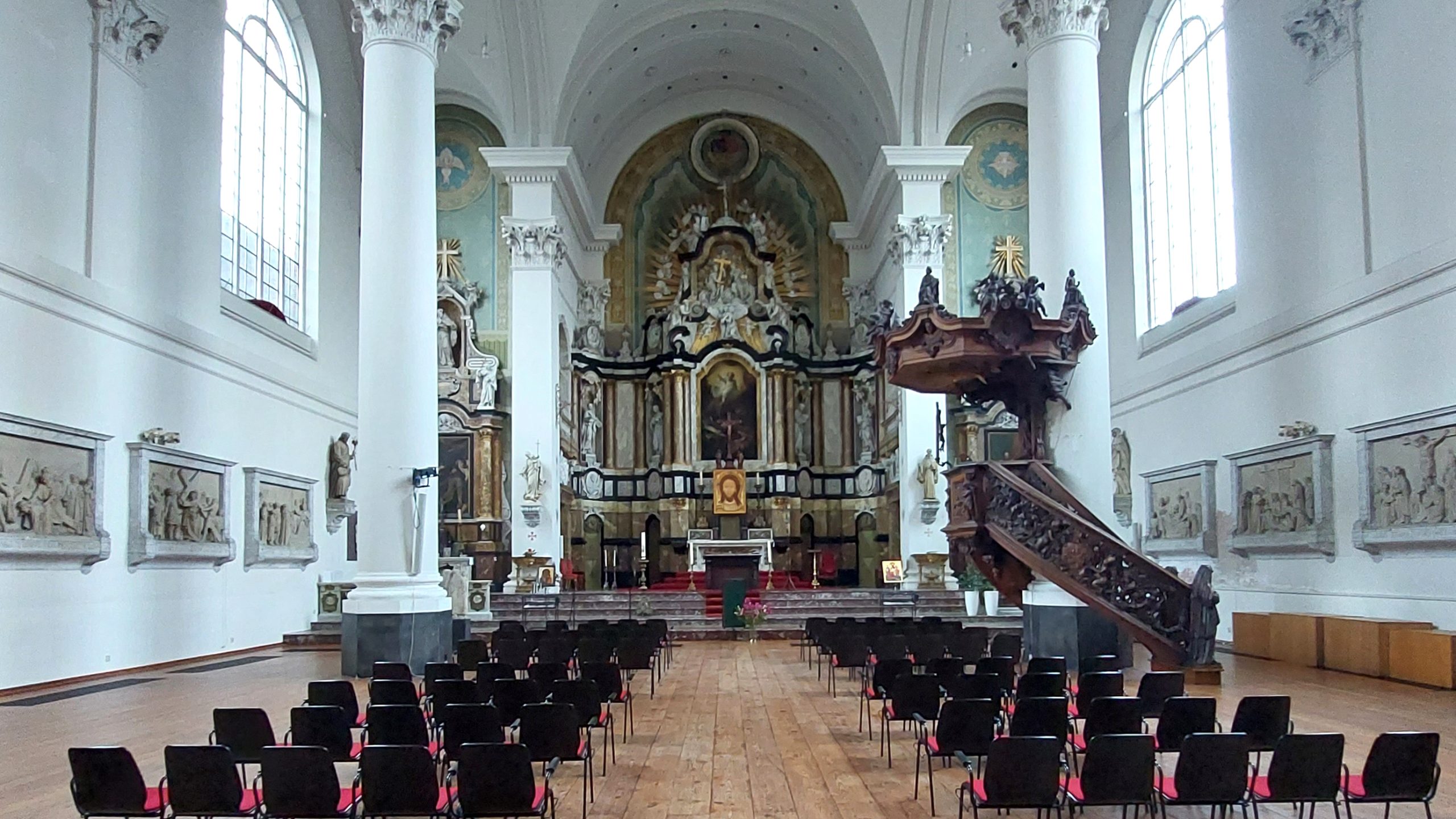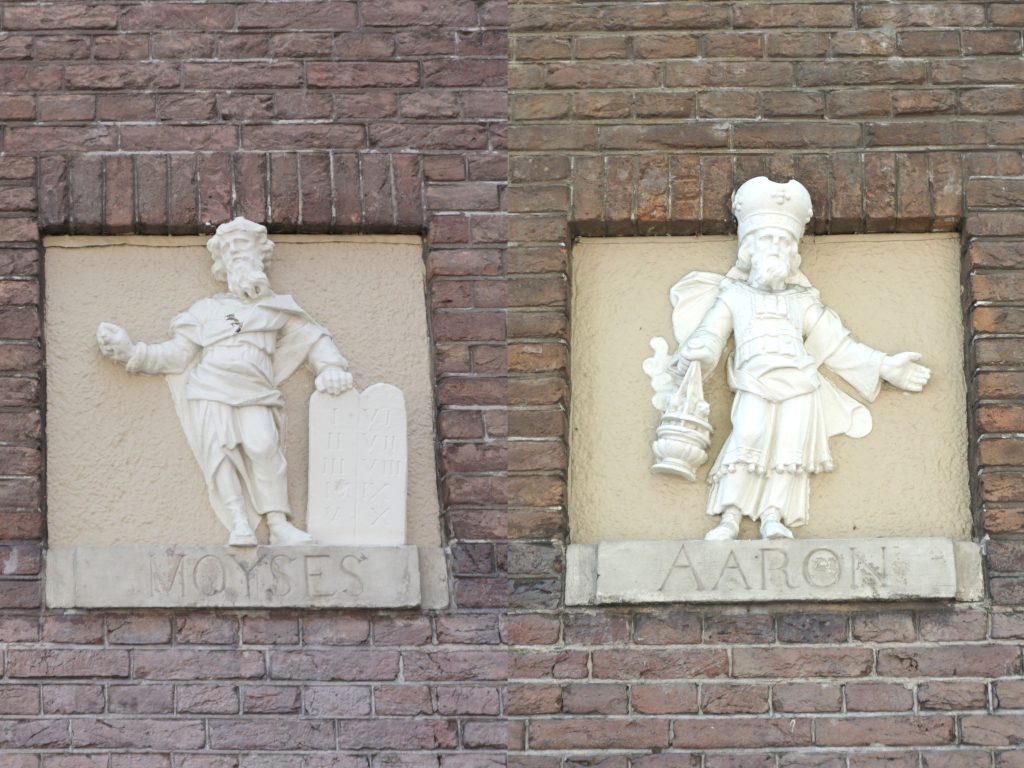
Welcome!
As you step inside, you immediately notice the impressive baroque altar and, when you turn around, the magnificent organ. The church contains a wealth of paintings, sculptures, ornaments and details from the last four centuries.

We call the Moses and Aaron ‘church of mercy’. And that’s not for nothing. The church is a place of social closeness to the city’s poor. It is the home base of the Community of Sant’Egidio, people, young and old, who are committed to helping the homeless, the lonely elderly, the poor. They do so in an atmosphere of great cordiality.
Holy mass
The liturgy of the Eucharist is usually held on Sundays at 11 am.
Please check the agenda for exceptions.
Opening times
The church is open to visitors on Thursdays and Fridays from 12 am to 4 pm.
A hidden church

Main altar

We call the Moses and Aaron ‘church of mercy’. And that’s not for nothing. The church is a place of social closeness to the city’s poor. It is the home base of the Community of Sant’Egidio, people, young and old, who are committed to helping the homeless, the lonely elderly, the poor. They do so in an atmosphere of great cordiality.

